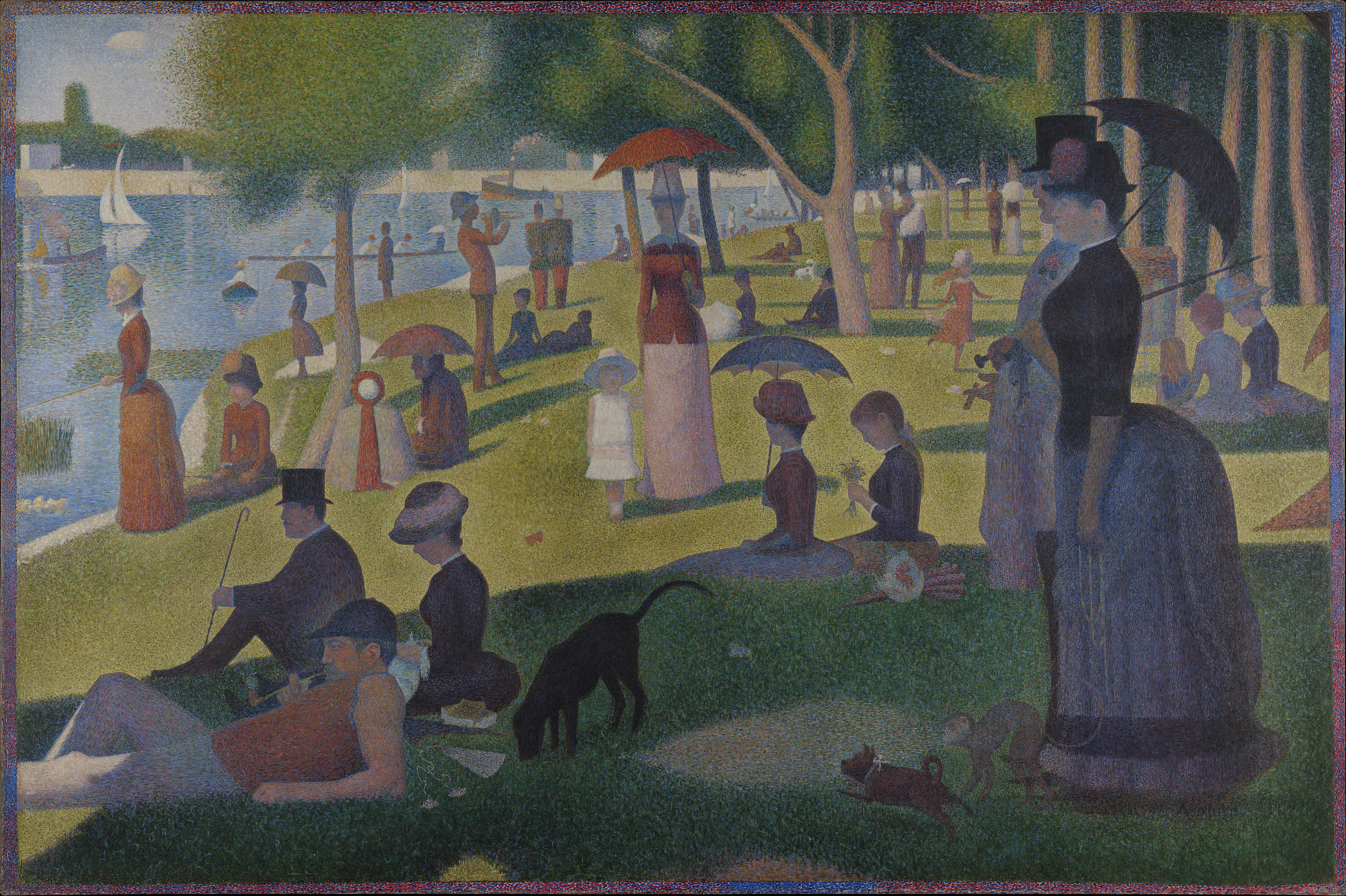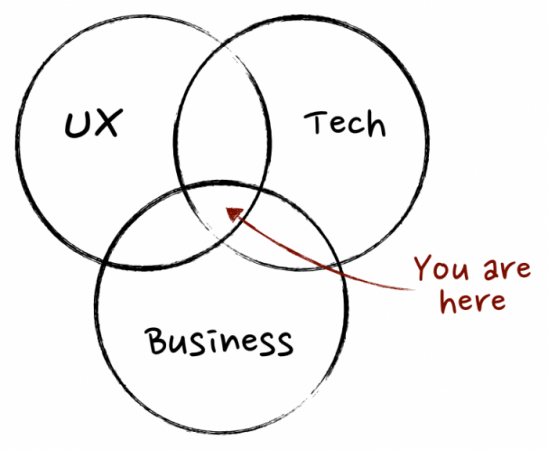Seeing the Trees as well as the Forest

In my alternate dream world, I live immersed in a world of arts and culture — traveling from gallery to gallery or show to show, allowing myself to get lost in the creativity. Over the past few years, I’ve been delving back into exploring my first love: Art – music, painting, photography. The creativity that so many polymaths have put into their work has always fascinated me. To see how they not only were influenced by each other in different domains, but also developed their own styles and techniques, and found their own rhythms and grooves of when to spend time on different aspects of their craft.
It is partly what attracted to me to engineering and then also product management; the reliance on right-side brain thinking to creatively solve problems. As I have revisited works of the Greats, I have gained insights that I’ve also been bringing back to how I approach my day as well.
One of my favorite paintings, is ‘A Sunday Afternoon on the Island of La Grande Jatte’

The more I study it, the more I am amazed by the ability to pull something like this off. It took Georges Seurat over 2 years to create, going through multiple replicas, initial sketches to perfect the forms, and detailed practice on a brand new method that he helped to invent — Pointillism. Going from incredible detail to ensure the mixed and layered point colours combine to create not just the individual forms, but also the overall mood and the larger vision. In order to determine what was actually possible, he studied and incorporated new scientific methods in order to achieve the level of luminance that he was looking for. It required focus on the minutiae as well as on the big picture.
I like to think (imagine?) that my approach, or ‘my art’, in product management is not dissimilar. You have to constantly strive to keep a balance between the macro level view and the detailed view while keeping you audience (stakeholders) captivated. It is an aspect of product management that I try to convey to my team as well as others that I mentor.
You have to be able to jump back and forth from vision, strategy and larger level alignment work across functional groups, to the detailed design work of finding the right user experience — attention to specifics, the latency between user interactions, the thinking through of the ‘whole product’ from the moment a user first hears or sees your product up to and including their first interaction as well as possibly their last interaction.

When I first saw the above diagram years ago, it immediately resonated. It is now a common framework from which product management is viewed. At its essence, product management is about managing the 3 disparate groups: Engineering, Users, and the Business. One of the implied traits of a ‘bad product manager’, is that they cater to just one segment. E.g. they let Engineering do whatever they want, or they succumb to business pressures to change a user flow in order to appease a partner. In reality, a good product manager is constantly evaluating the needs between these three and looking for innovative ways to create their ‘masterpiece’.
Product management is actually far more complex than the diagram. The groupings mask the real complexity behind each constituent, and the diagram fails to convey that within each of the groups, you will need to get into varying levels of detail. For example ‘Business’ is represented by internal groups such as Legal, Privacy, and Compliance, as well as external groups such as strategic and business development partners. In the case of Business Development relationships, often the partner has their own preferences which will potentially impact user experiences. As for Users, not only will they likely be segmented, but also a system may have different types of customers for different purposes (e.g. a health system may have doctors, nurses, and administrators all interacting for different needs). Last but not least, Engineering may not just be one team. For anything other than perhaps just a consumer app, you will likely have multiple engineering groups to work with — you may have a front-end client team as well as a network engineering team delivering completely disparate components of your overall product. For example, you may need to understand enough about latency and deployment architectures to evaluate how that will affect your front end user experience.
A product manager’s life fluctuates between keeping an eye on the high level needs of each group, communicating to stakeholders, understanding their drivers, and keeping their other eye on the lower level detailed work to figure out what is actually possible or desired. Often, this requires learning new technologies, playing around with them to understand limitations or new opportunities. Similar to Georges Seurat’s approach to his painting, you need to spend time on the details, iterating and validating, and then re-adjusting what the whole will be. Personally, I find that to be the the fun part. Getting into the nitty gritty of a new technology to learn it, and evaluate if it helps to address a problem that you are trying to solve, talking to potential users and watching how they react, and then distilling it down into language that each constituent group understands as well. You are striving to craft a beautiful and delightful experience, while at the same time, managing expectations with all your stakeholders. The goal is to keep a clear vision between all levels of Users-Engineering-Business, while continuously validating any assumptions and hypotheses that you made while making that vision.
What are your thoughts? What are some things that inspire you to improve your product management skills? What tools do you have in your bag of tricks? (You can find some of mine here)
Remember: Don’t listen to me. Learn your own lessons!
I have not been a great fan of that Venn diagram. I think it over simplifies what a product manager does. And it doesn’t show enough about the execution oriented work.